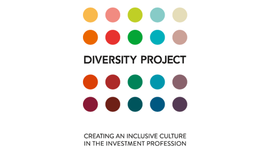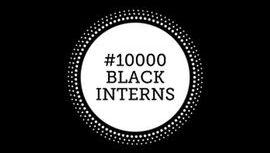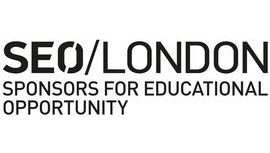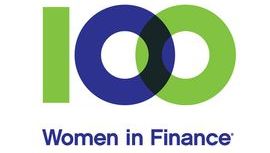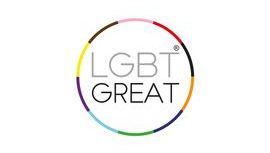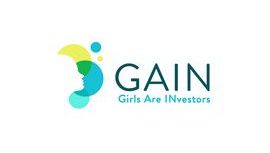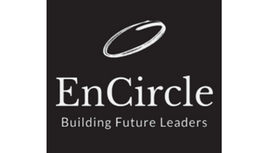Introduction
There is increasing interest from investors about how firms approach Diversity and Inclusion (‘‘D&I’’) and many firms have established a formal D&I policy to highlight the work that is being undertaken within the firm to promote D&I. Those firms who have committed to improving D&I are quick to note that developing a formal written policy is not the goal in and of itself. A policy should instead be a reflection of a firm’s ongoing commitment to D&I. The real challenge is to create and sustain a programme of work to advance D&I goals – working with other organisations where necessary to deliver on these.
Supporting D&I at a firm level can lead to many benefits for an organisation, as evidence suggests that more diverse teams make better decisions. It can also help to create a better work environment where colleagues feel respected and valued.
AIMA has previously published The Alternatives - a comprehensive inventory of steps that firms could consider in order to improve their approach to D&I. This paper builds on The Alternatives and draws out some of the key aspects of formulating a policy. It is accompanied on this webpage by examples from other organisations about the work they are doing. We hope this will provide inspiration and opportunities for AIMA members to get involved. Ultimately, the important point to take away is that a D&I policy should not be a piece of paper, it should be a reflection of a sustained effort; and with effort, positive change is possible, for individual firms and for industry as a whole.
Download the guide
Members with a log-in should log-in here to be provided with a download link to the Guide
Developing a Diversity & Inclusion Policy is available to members and non-members of AIMA. For further information please email Aniqah Rao, Associate Director, Markets, Governance and Innovation.
Matters relating to Diversity & Inclusion might be subject to specific employment laws, which can change over time. Members are advised to make sure that any steps they take relating to D&I are in accordance with applicable local law.
How to Develop a D&I Policy
D&I should be considered as part of a firm’s overall HR and ESG strategy. D&I policies are generally most effective when they have been formulated through active conversations with a firm’s entire staff.
As previously noted, formulating a D&I policy is not the end of a process. It should be a living, breathing, evolving document, which is reviewed at least annually to ensure it remains relevant. A successful policy will establish what success looks like for a specific firm and will be clear on what is being used to measure success. For example, smaller firms may have very different D&I goals on representation compared to larger firms who have more staff. Additionally, firms with a global presence may have nuanced policies in different geographical regions to reflect the different contexts within a country.
Firms may choose to formulate a D&I policy on their own or with the support of consultants. They can be structured in a number of different ways and firms can adapt their policy to suit their needs. However, in general, policies tend to cover four sections:
- Defining D&I for your firm;
- Outlining why a firm supports D&I;
- Approach to D&I; and
- Targets and Measuring D&I.
These are discussed further in the paper.
AIMA is actively working to ensure that our members have the resources they need to improve their approaches to D&I and we are pleased to work with other industry bodies to ensure that we promote the best insight and expertise. If you participate in any initiatives that you feel others in industry would benefit from, please let us know so that we can spread the word.
Resources
Reports and case studies
Gender Balance by Design
Download the report here.
This compendium is a live document showcasing case studies of firms that are leading the way towards gender balance in the investment and savings industry.
Holding up the mirror
Download the report here.
This report seeks to build a case for how we can achieve collective success by looking at the current state of diversity data collection in the industry. It also outlines various initiatives planned by the industry, where this report fits in and how it sets the stage for initiatives that will focus on why and how data collection can be improved.
An LGBT Great study, supported by EY, The Diversity Project and Nicsa - The Diversity Project North America.
A guide to establishing staff networks
Download the guide here.
This guide, from CIPD, is designed as practical advice for organisations and their employees working to establish, improve or run a staff network. The CIPD is the professional body for HR and people development. The registered charity champions better work and working lives and has been setting the benchmark for excellence in people and organisation development for more than 100 years.


